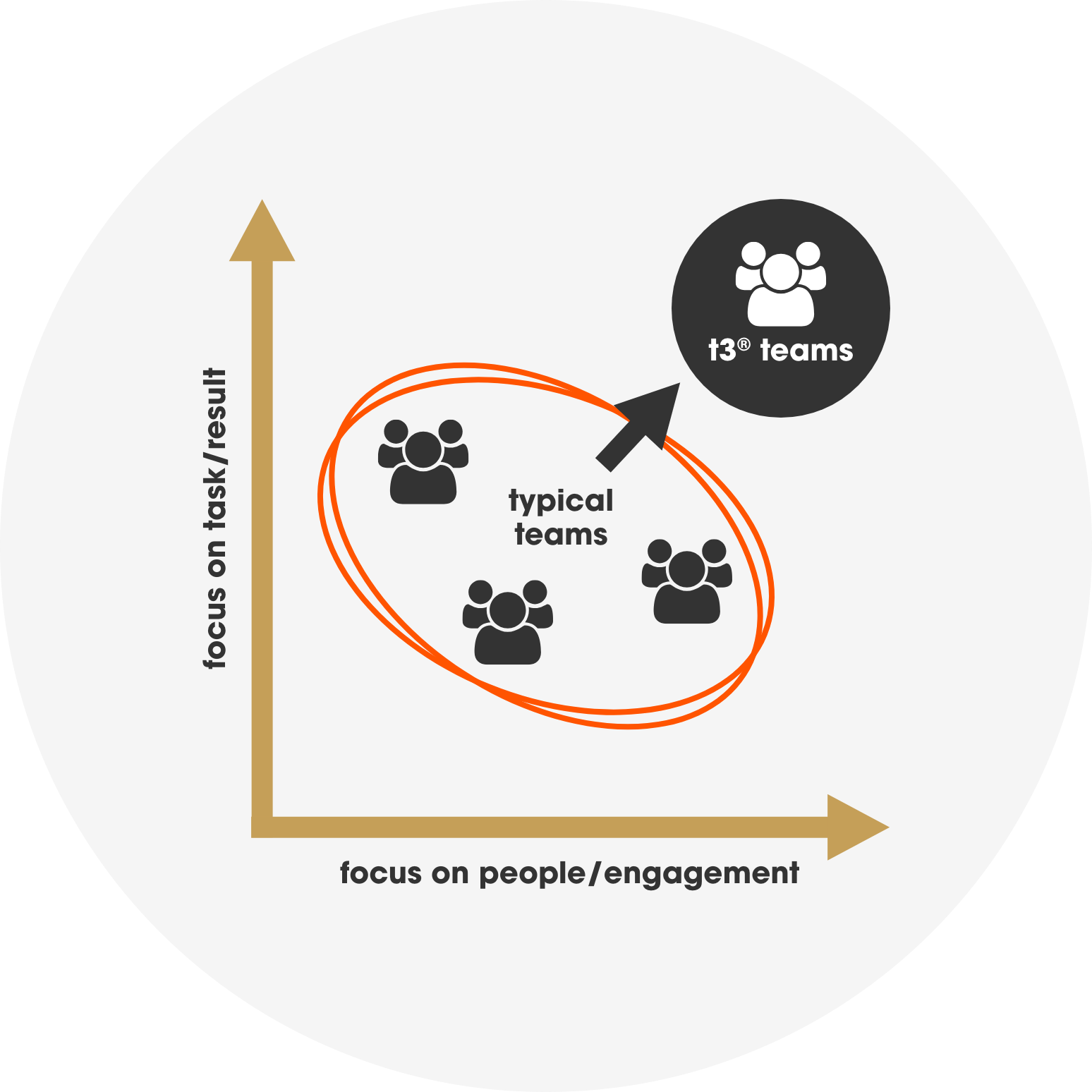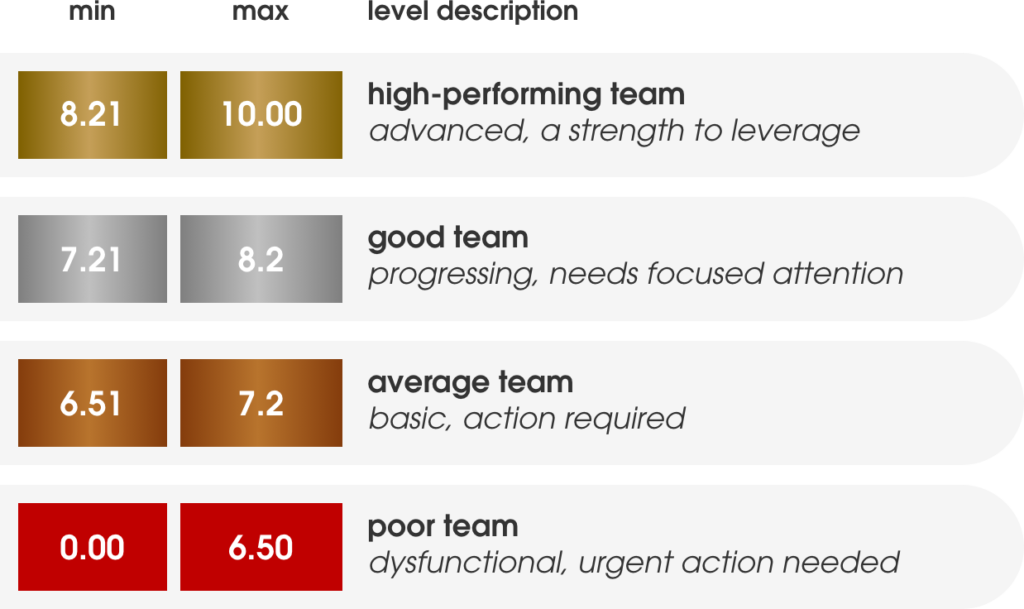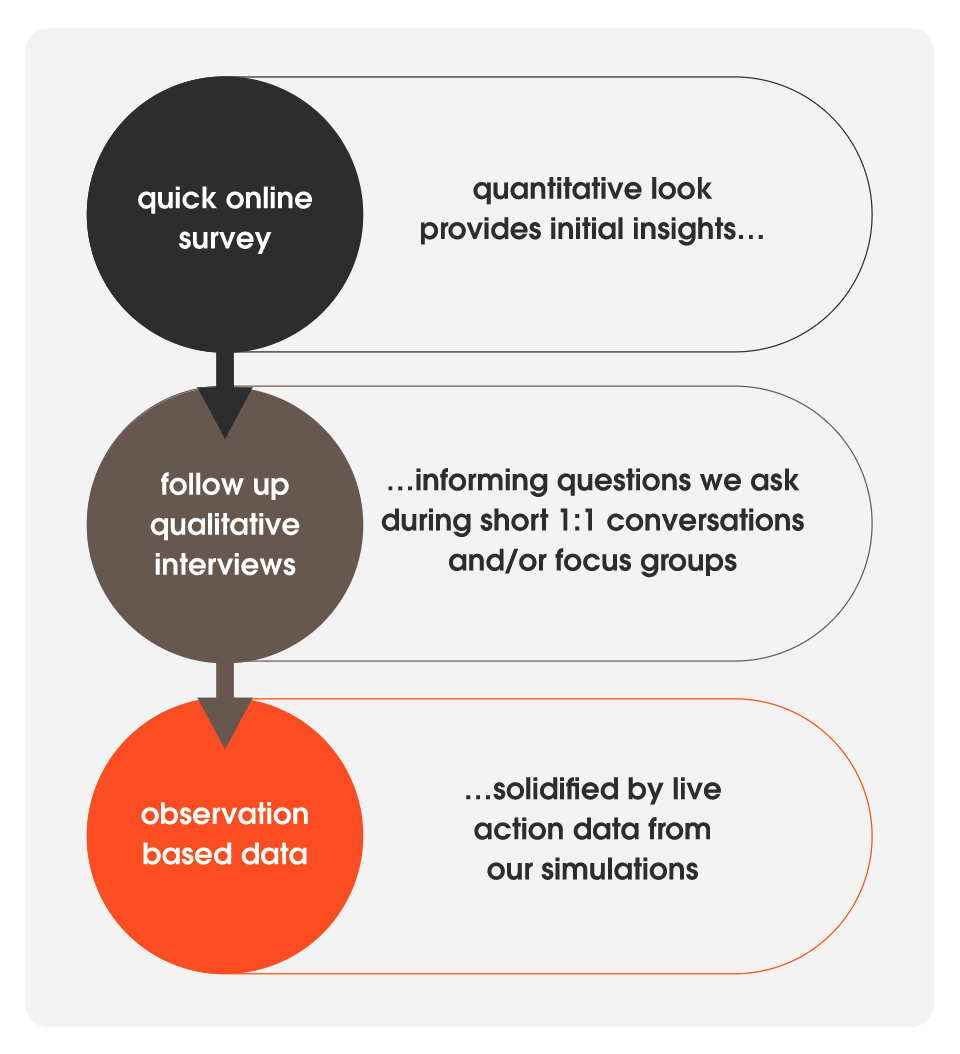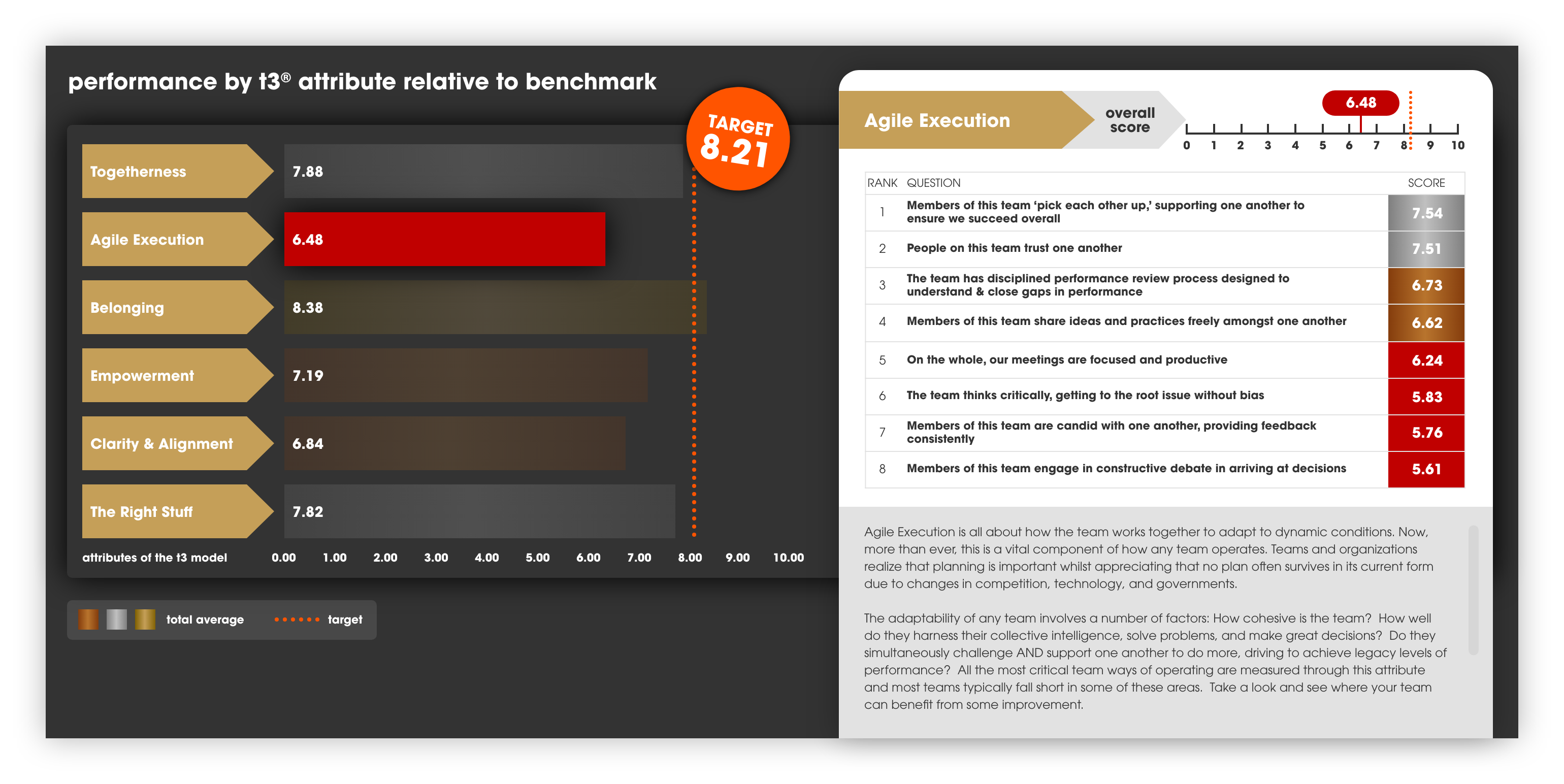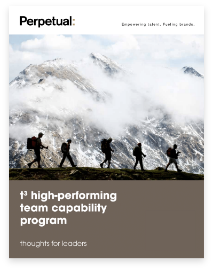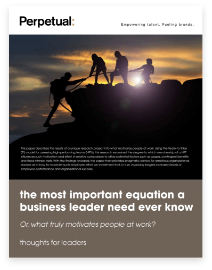Attributes of the t3 framework:
the right stuff
The "right stuff" is about ensuring the right people are in place and ready to deliver. They feel strongly that they are working with a group of people they respect and can get the job done. The foundation of any team are the people who comprise it. The needs of any team go far beyond ensuring they "can do" the job itself (competence) and extend to areas that allow the team, and its individual members, to work effectively together in delivering the desired outcomes.
These include, for example, possessing a growth mindset, allowing people to adapt more effectively to adversity and solve problems that lead to a breakthrough (‘can do’ attitude). Openness to other’s ideas (a true team player), grit and positivity are other examples of traits of people that are important on any team.
Simply put, members of the team "can do, can do".

clarity & alignment
People and teams are clear on what they need to do and why it is important. High-performing team feel strongly that the direction is clear, and line-of-sight exists between their work and that of the teams or organization on the whole.
There is clarity in the vision, mission and objectives of the team and clarity in how such objectives cascade down to each and every member within it.
Clarity is nothing without alignment, at least over the longer-term. People who know what to do can certainly deliver some good results, within their own sphere of influence; however, alignment is vital for sustained execution excellence. Alignment suggests that people are committed to their role and what they need to do to produce good results.
Simply put, members of hte team "know what to do."

empowerment
Empowerment is all about ensuring people have the freedom, support, and tools to deliver on what is expected along with the systems and process to work effectively together.
The nature of the way organizations are designed and the likelihood that most are populated by human beings leads to a natural dysfunction that often is referred to as silo thinking or behavior. Left alone, silo behavior and potentially relational-based conflict WILL arise. This calls for organizations to install a ritual that ensure these are outlined, clarified, and negotiated so that people can work effectively together in driving value for their customers, and the business.
Additionally, we find many teams that have too many priorities that are crippling the team’s effectiveness and/or leading to burnout. Typically, ad hoc demands from the business may be the culprit, and without a priority reconciliation process, frustration emerges.
Simply put, members of the team are "allowed and enabled to".

belonging
Belonging suggests that people fit within your organizational context—they "belong" here and are connected to the organization.
Organizations cannot afford to have disengaged employees—and yet, many in the workforce report being actively disengaged. Others are passively disengagement manifesting in some form of "quiet quitting." This results in lost productivity and an unhappy workplace in general.
While there are many factors that may be at play here, the most important one is a sense of connection people have with their company, a belief that they (the company) are doing the right thing (beyond making money) and that they are operating in a way that is consistent with making a real contribution to society. For newer generations of workers this is of particular importance. It all starts with purpose and values.
Simply put, members of the team "believe it's right to do".

agile execution
Agile Execution is all about how the team works together to adapt to dynamic conditions. It is our belief that no initial plan will survive for very long, placing a burden on the team to pivot consistently in order to deliver upon their strategic outcomes.
In today’s VUCA world, planning is taking on new forms as organizations recognize that within weeks after initiating any plan, it can be rendered, at worst case, useless, or in best case, intentions remain on track but how one gets there changes rapidly. The environment is simply too dynamic to invest months preparing, planning, and budgeting for a reality that may not exist in six months.
In our view, get the strategic intent right, plan on how to get there, and instill agile execution rituals that allow the team to adapt to the realities of executing against the plan.
Simply put, members of the team "will do what it takes with integrity".

togetherness
A sense of togetherness results when the teams do the other five attributes well, leading to sustained high-performance and lots of enjoyment working with fellow colleagues. No matter how remote a team may operate, leaders need to work to secure this sense of "togetherness" and, ideally, bring people together every so often.
In such teams, not only do you have exemplary engagement and behaviors from all constituent members but that final piece of "social glue" -- individuals motivated also by the very company of their team colleagues. This is the zone where intra-relationships are defined by shared levels of high professional respect and, indeed, deep friendships.
Team members bearing this attribute scale even greater heights (sometimes literally!) because not only are they passionate about what they do (as built on all the preceding qualities) but it is this comradeship that sits at the very nexus of this passion. There is no place they would rather be than with the companionship of their comrades and, with this fellowship, a sense of collective invincibility. For such teams, there is a mindset of "anything together".
Simply put, members of the team "build a legacy".

